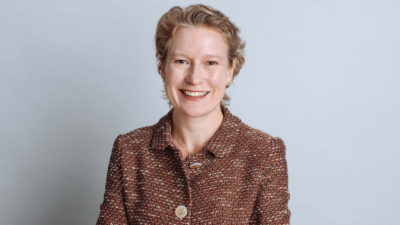Big data helps funds address an ‘audience of one’
‘Big data’ sounds like another self-serving term from the IT department in their life-long quest for more funding. But, dig deeper and it’s worthwhile for even the luddites amongst us to consider the possibilities from the latest major technological trend.
JP Morgan Worldwide Securities Services, which holds an annual “technology summit”, discussed the topic of big data recently, from the perspective of investment professional clients, rather than technologists.
Bill Conyea, technology director of the firm’s global funds servicing arm, says that big data represents a change in mindset. The traditional ways of working with data no longer work because they are too slow and expensive.
The three things which distinguish big data from what we have been used to are: volume, which is what most of the market concentrates on; variety (structured or unstructured, stored or not stored); and velocity of change.
In the new world, not-for-profit pension funds will struggle to compete technologically with their commercial counterparts.
Commercial funds, usually owned by large institutions, will have had access to sophisticated technology and data sources. But most not-for-profit funds still outsource their tech and backoffice functions, often to disparate providers with different standards. The trend, also, for pension funds to insource some or all of their frontoffice functions, such as portfolio management, increases the pressure on the backoffice and tech departments.
Part of the new mindset is thinking of ‘the audience of one’ – sometimes referred to as ‘mass customisation’. This trend puts increased pressure on custodians in particular, who handle vast volumes of data and are expected to do so, without mistakes, very cheaply.
In Australia, JP Morgan has been working on a pilot program called its ‘service provider eco-system’. This aims to connect the custodian’s investment data with individual member data held by administrators to hep the super funds personalise the member user experience.
William Fraser, head of eSolutions Services for the firm in Australia and New Zealand, says: “The opportunity for (super) funds is happening now. With 50 per cent of new super fund members aged 20-29 and 50 per cent of those now taking their fund (account) with them when they change employers, growth and retention opportunities are high for funds that can meaningfully track member activity and engage individuals through social media channels such as Facebook.”









